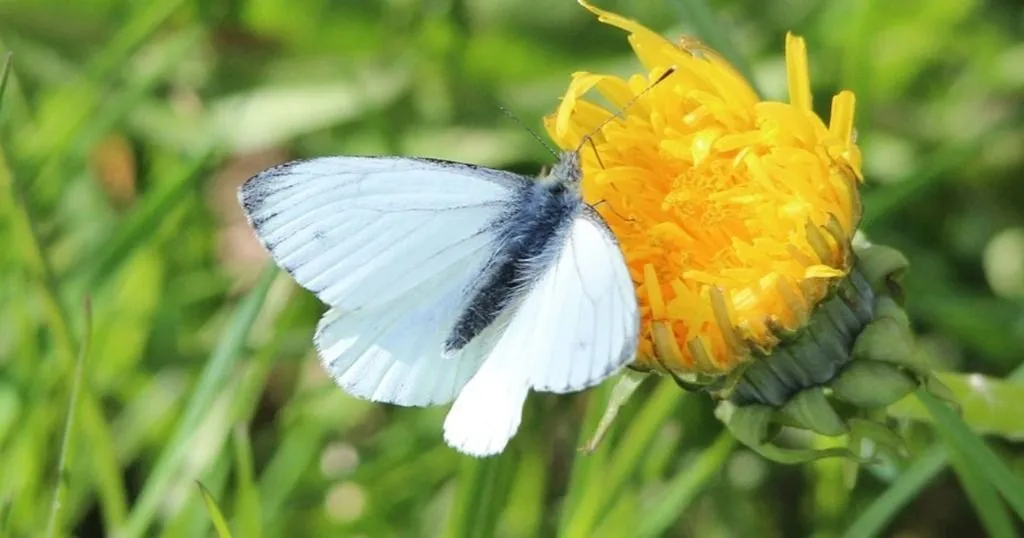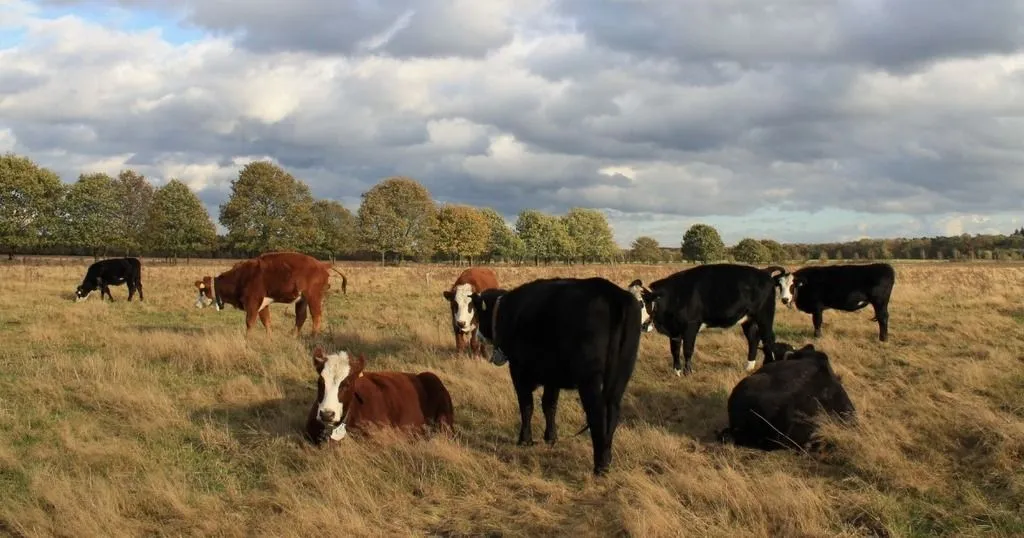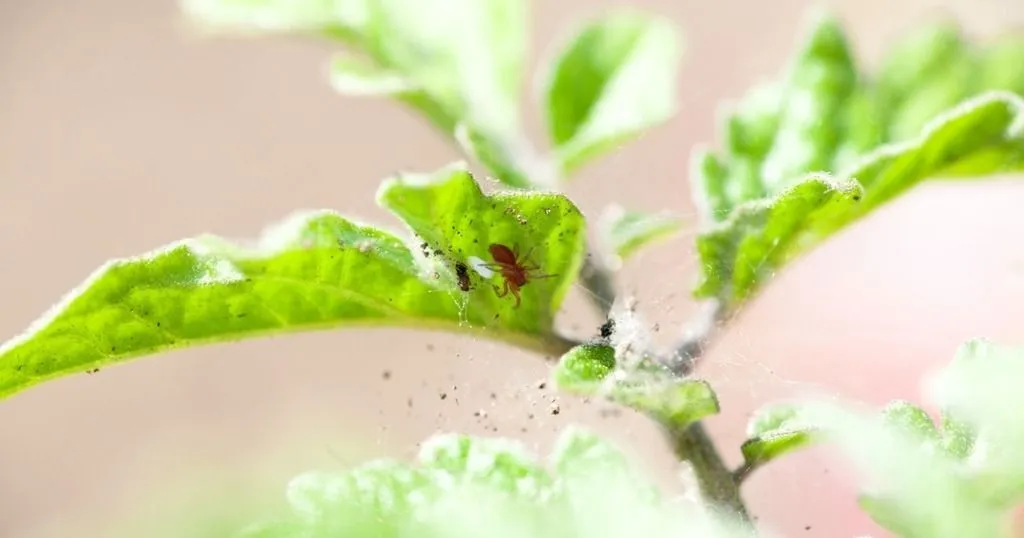Insect damage on leaves changes the reproductive strategy of plants
We all know that the majority of plant species depends on pollinators, like bees and syrphid flies, for reproduction. What most of us do not know is that this process is far more complex than it looks at first sight.
Posted by
Published on
Tue 03 Jun. 2014
Topics
| Insects | Mobile Observation | Pocket Observer | The Observer XT |

Optimizing pollination
We all know that the majority of plant species depends on pollinators, like bees and syrphid flies, for reproduction. What most of us do not know is that this process is far more complex than it looks at first sight. Think about it: pollinators do not visit flowers to transfer pollen, but to collect nectar. If the amount of nectar in the flowers is too large, the pollinators will not visit other flowers to collect more, so no pollen is transferred to other plants. Conversely, if the amount of nectar is too small, it will not pay for the pollinators to visit those flowers. So plants have to fine-tune the nectar production in their flowers to optimize pollination. And did you know that some plant species even add toxins to their nectar, which stimulates pollinators to move to other plants, bringing the pollen with them [1]?
Caterpillar damage and seed production
The story gets even more complicated when plant-eating insects become involved. Plants may have to change their strategy when their leaves are eaten by herbivorous insects. In a previous blog I wrote about plants that speed up seed production when they are attacked by caterpillars [2]. This way they make sure to reproduce before the caterpillar infestation is so severe that the flowers are eaten, which would mean no reproduction at all.
Caterpillar damage and pollination
In a recent publication, Bruinsma et al. [3] investigated whether damage by caterpillars of the cabbage white butterfly (Pieris brassicae) on black mustard (Brassica nigra) plants affects pollinator attraction to the flowers. They carried out dual-choice tests with plants with and without caterpillar damage on the leaves. And they did a field study, also with plants with and without caterpillar damage. In both cases, Pocket Observer mobile scoring software was used to observe insects and score whether the number and duration of flower visits by pollinators was affected by plant damage. They also analyzed the nectar composition and the volatiles produced by the leaves and flowers.
Shorter visits, different smells and bittersweet nectar
In the dual-choice test, the number of plant visits and the visit duration of the small white butterfly (Pieris rapae) and the visit duration of the honeybee Apis mellifera were lower on the plants with caterpillar damage than on the control plants. In the field study, the authors found that caterpillar damage affected visit duration of syrphid flies. The flowers of the damaged plants produced more volatiles than the control plants and the chemical composition of the volatiles was different. The nectar of the damaged plants was also affected. It contained more sugar, but also more glucosinolates. Interestingly, glucosinolates play a role in plant defense against herbivores.
To be continued
The authors conclude that the effects of plant damage by caterpillars on the pollinators is subtle and that it is not easy to interpret how it can affect plant fitness. However, the authors found an overall tendency for the pollinators to spend less time per visit on the flowers of the damaged plants. This points in the direction that caterpillar damage enhances the distribution of pollen to other plants. The increased concentration of glucosinolates, which deter insects, in the nectar of the damaged plants may also motivate the pollinators to visit other plants, which further enhances pollination. But in general, the study leaves ample space for follow-up research to understand the effect of insect damage on plant reproduction in more detail.
References
- Kessler, D.; Baldwin, I.T. (2007). Making sense of nectar scents: the effects of nectar secondary metabolites on floral visitors of Nicotiana attenuata. The Plant Journal, 49 (5), 840-854.
- Lucas‐Barbosa, Dani, et al. (2013). Reproductive escape: annual plant responds to butterfly eggs by accelerating seed production. Functional Ecology, 27(1), 245-254.
- Bruinsma, Maaike, et al. (2014). Folivory Affects Composition of Nectar, Floral Odor and Modifies Pollinator Behavior. Journal of Chemical Ecology, 40 (1), 39-49.
Related Posts

4 Cool cow facts
Tracking chickens: A promising approach for identifying feather-peckers

